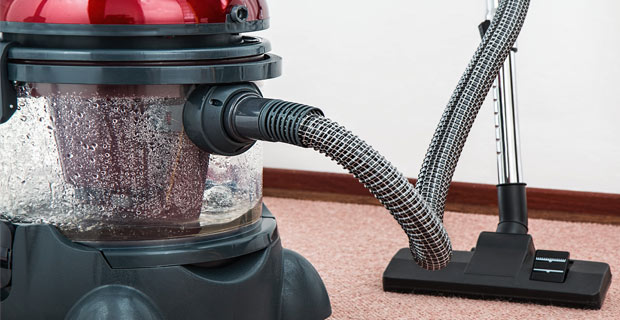The Centers for Disease Control (CDC) reports that there are 300,000 case of Lyme disease in the United States every year and is the fastest growing disease that is a vector based disease making it a serious health threat.
Since the CDC started tracking Lyme disease in 1982, reported cases have increased exponentially and now there are 25 times the number of cases.
The highest concentration of cases come from the New England area encompassing Rhode Island, Connecticut, Delaware, New Jersey, Pennsylvania, New York State, Maryland and the Northwest corner of Wisconsin, though Lyme bearing ticks have been found in the southern and western US.
Though people are much more aware of the disease it is still believed to be highly underreported with many who are infected not even realizing they have been exposed.
Symptoms of Lyme Disease in Minnesota
The first symptoms many people experience comes in the form of a rash that is about 2 inches across that has a red bullseye in the middle, though depending on where this appears on the body some people never notice the spot and others never experience this rash.
This is the start of battle that will rage in your body if left untreated. It is estimated 30% of the people who acquire Lyme disease never get the rash or never notice it. Regardless if the rash appears often the next symptoms are similar to having the flu including fatigue, headache, body aches and stiff joints.
If you know you were bit by a tick your doctor will want to know where you were when bit and if you have any idea how long you had the tick. Since it can take 36 to 48 hours for a tick to transmit the Lyme bacteria it is always helpful to know how long someone was exposed to a tick, though this is not always possible.
Left to its own devices the bacteria can cause havoc on the body and progress to include palsy like symptoms, arthritis, joint swelling, inflammation in the brain and/spinal cord and numbness in the hands or feet.
Minnesota Lyme Disease Treatment
Getting antibiotics as early as possible is the best way to treat the infection, though about 10% of those infected do not respond to antibiotic treatment and end up developing an autoimmune like disorder called post-treatment Lyme disease syndrome.
Because early treatment tends to be more effective, it is important to see your doctor if you live in an area that is known to have Lyme carrying ticks and experience any of the symptoms associated with Lyme disease.
If you live in an area of Minnesota where there have been few cases of reported Lyme disease and experience a tick bite followed by a rash or flu like symptoms you may want to check with your doctor.
The best solution to stopping Lyme disease is dressing to avoid tick bites, using tick repellant with DEET and showering and checking for ticks after spending time outside.
If you are showing symptoms of Lyme disease, contact Twin Cities Lyme Foundation, a Minnesota-based organization.











